Katana vs Ninjato: A Clash of Techniques and Ideologies
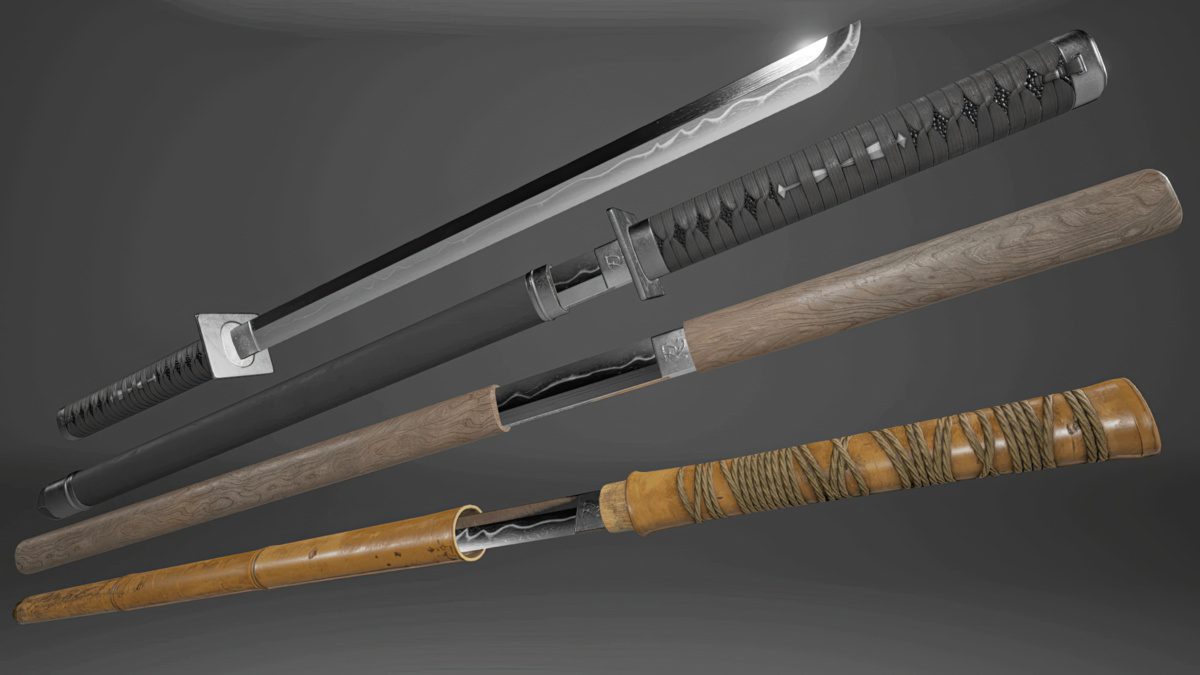
What’s in this article?
When it comes to the world of swords, few are as iconic and instantly recognizable as the katana and the ninjato. These two weapons have a rich history, each with its own unique design and cultural heritage. Although there are some similarities between them, they also share some key differences not just in their designs, but in the philosophies and ideals behind them as well.
In this article, we delve into the history and design of the katana and the ninjato, explore their significance, and speculate on how they would potentially fare in battle against one another.
Characteristics of the Katana and the Ninjato
Although these two iconic swords are similar in terms of function, they also bear several differences, so it’s best to look at their characteristics individually when comparing them.
| Overview | Katana | Ninjato |
|---|---|---|
| Function | Delivering powerful cleaving and slashing strikes | Performing quick and precise cuts and thrusts |
| Design | Curved and single-edged blade that’s uncharacteristically short for a long sword | A short sword characterized by its straight single-edged blade |
| Versatility | Exceptional at performing cutting blows, excels when used offensively | Excellent for maneuverability and employing evasive hit and run techniques in close quarter combat |
Blade
The most notable difference when observing both the katana and the ninjato can be seen in the design of the blade.
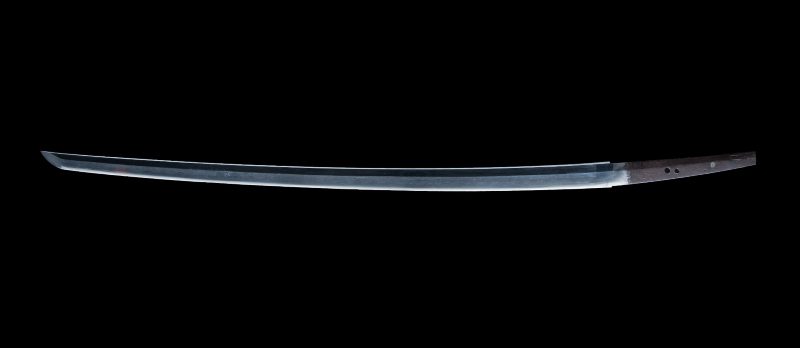
Closely associated with the samurai warrior class throughout history, the katana symbolizes honor and prestige. Therefore, it was often held in high regard and its prominence is emphasized by traditionally crafting the blade from jewel steel (tamahagane), the purest form of steel.
The blade itself was single-edged and curved with a general length of around 23.6 inches (60 cm) long.
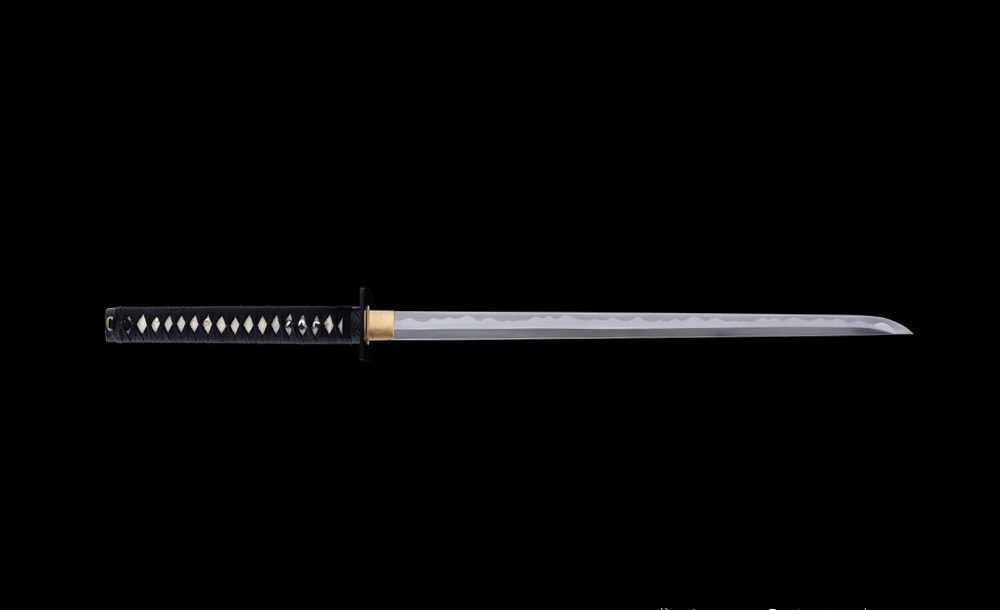
The ninjato was designed to be a short sword and its blade length is fairly shorter than that of the katana, ranging around 18.8 inches (40 cm). Although it too bears a single edge, the ninjato further distinguishes itself from the katana with its straight blade design that resembles that of the chokuto’s.
Sword Mounting
The guard, hilt, and pommel cap make up the mounts for both swords and it is where the two share the most similarities.
Guard
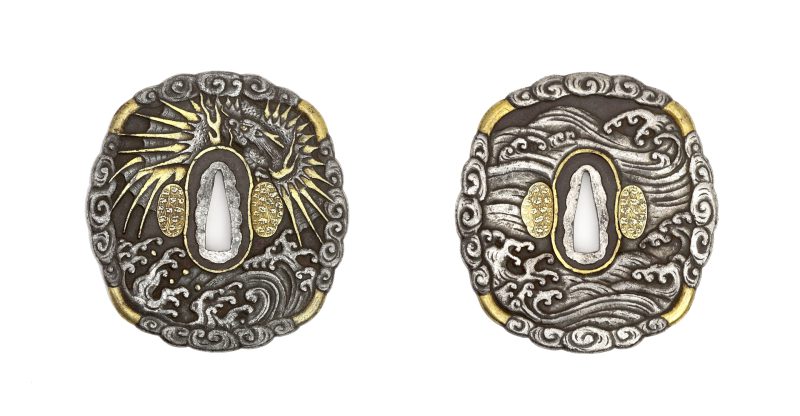
The guard (tsuba) of both the katana and ninjato remained relatively standard throughout the centuries. They are very similar to one another, with the only key distinction being that the ninjato bore a strictly square tsuba design, whereas the katana’s tsuba could be either square or circular.
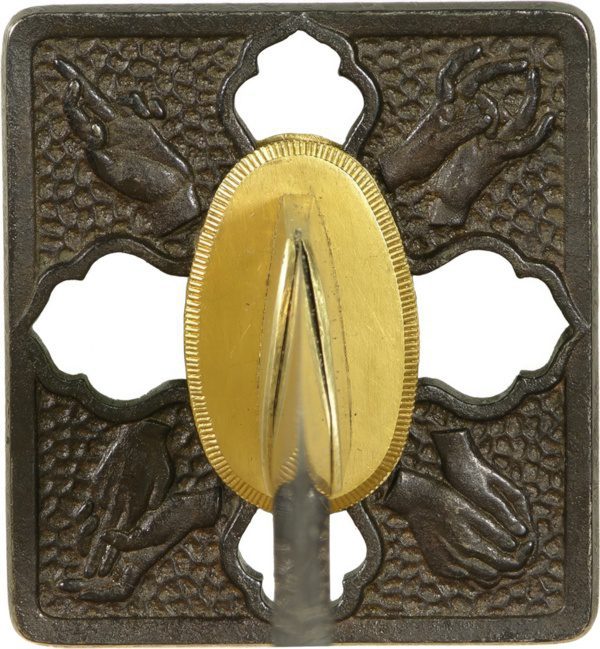
Smiths often used the guard of both swords as an opportunity to include elaborate decorative designs.
Handle

The handle of both blades (tsuka) is widely recognizable. It was usually fashioned out of wood which was typically wrapped with ray skin (samegawa) that covered the core of the handle. This was then further enveloped in patterned silk or cotton wrapping.
Pommel
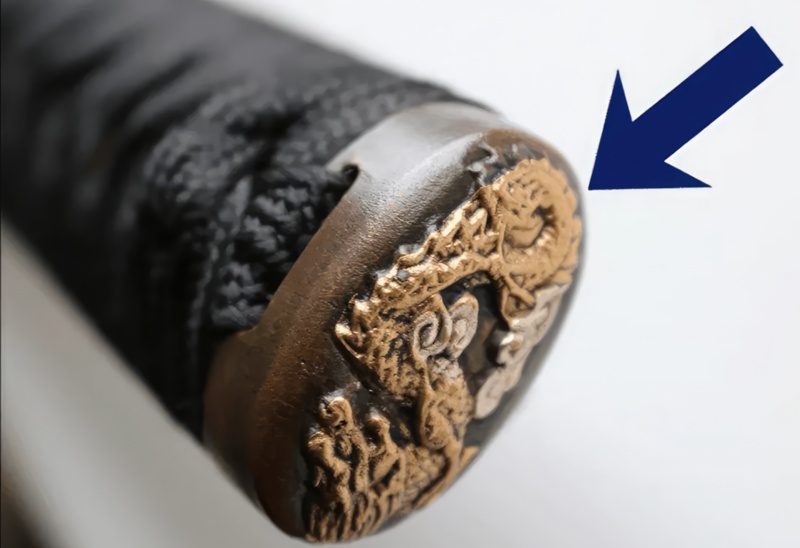
Pommels typically serve the purpose of providing a counterweight to a sword. However, since the katana was relatively short for a two-handed sword, and the ninjato itself was a short sword, they both required less counterbalance. Therefore, they only featured handle caps at the end of the tsuka for the purpose of keeping the handle and wrappings together.
How would they fare against each other?
In order to properly approach a potential duel between these two weapons, we need to assess the key elements which are present in any sword.
Cutting capability
Most swords are capable of delivering powerful cleaving and cutting blows regardless of whether they have been primarily designed for it.
With a history that spans over centuries of trial and combat, the katana has become renowned for its cutting prowess. Its curved single-edged blade had been specifically designed for delivering exceptional cutting blows that are able to slice through most materials with a single stroke. The deadly aura that surrounds the blade has even been elevated through folklore and legends, with many telltales praising the sword for being able to protect against demons.
On the other hand, while the ninjato is certainly capable of performing cutting strikes, the curved blade of the katana is mechanically superior to the straight ninjato blade. This is due to the curvature of the blade as it has a smaller surface area that allows it to generate more pressure compared to a longer, more spread out surface of a straight blade.
Thrusting capability
While the katana is primarily a cutting sword, it is undoubtedly still capable of thrusting. However, due to its curved shape, its thrusts are not as precise as those of a straight-bladed sword. This is where the ninjato gains its edge, for its straight blade design allows it to deliver quicker and much more precise thrusts.
It all stems from the geometry of a straight blade, allowing its strikes to hit faster than those of a curved blade. And while the katana’s thrusts are just as lethal if they make contact with an opponent, the curved and longer blade lacks the precision that the ninjato has.
Durability, speed, and defensive capacity
In battle, a sword’s capacity to quickly parry and deflect blows from the weapon of their opponent is an essential quality. The sword’s capability to endure these assaults is no different.
The katana’s durability and resistance to chipping and cracking while dealing severe blows are a testament of the masterful sword making skills. On the other hand, since the ninjato was more a tool than a symbolic weapon, it lacked both the care and use of high quality materials that went into its making. Therefore, it’s safe to say that of the two, the katana sword has a more durable build.
Although the katana is deceivingly quick for a long sword, it’s undeniable that when it comes to speed, the ninjato is the superior of the two weapons. Since it is a much lighter and shorter weapon entirely based on the use of evasive techniques, it is more capable of agile and unpredictable movements than those of the katana.
When it comes to defense, both swords were designed with defensive capabilities in mind, but they achieve it in different ways. The katana’s curved blade allows for more efficient parrying and blocking while the ninjato’s shorter blade allows for more precise deflections and counterattacks.
Significance of the Katana
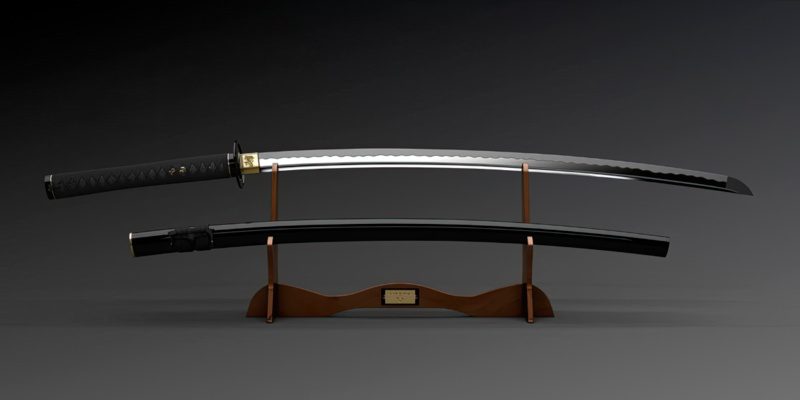
The katana is a traditional Japanese sword that originated during the Muromachi Period in Feudal Japan (1336-1673) as a response to changing warfare tactics. It was a dangerous and lethal weapon that replaced the tachi, capable of wreaking havoc on the battlefield and quickly became synonymous with the samurai warrior class. However, the katana’s significance goes beyond its effectiveness in combat.
In feudal Japan, the samurai were a powerful class of warriors who were known for their skill in battle, discipline, and adherence to a strict code of honor. It was not only a weapon that symbolized the samurai’s status and commitment to their code, but also an extension of their soul and connection to one’s ancestors.
In addition to its cultural and historical significance, the katana is also an important symbol in modern times. It is often used in martial arts demonstrations and has been popularized by movies, video games, and other media. The katana‘s image has become a representation of Japan’s warrior culture and has inspired countless people around the world to learn more about Japan’s history and traditions.
Significance of the Ninjato
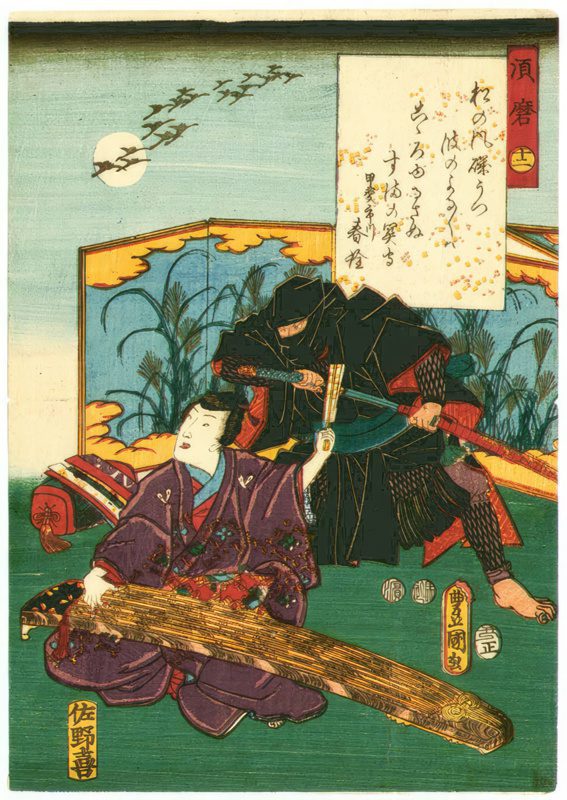
The ninjato sword or shinobigatana is a short sword that was used by the ninja or shinobi, a group of warriors in Japan from the 15th to the 17th century. They were proficient at the art of imitation and deception, and in contrast to the samurai, were looked down upon since many of their duties were considered below the traditional samurai as they lacked honor.
Aside from its design, the ninjato differs from the katana in terms of significance as well. Unlike the katana that symbolized reverence, the ninjato was often carried in a plain unadorned scabbard (saya) for espionage and assassination. Seen as a mere tool, a ninja wouldn’t hesitate to leave it behind if necessary.
In modern times, ninja swords have become a popular symbol of ninja culture and have become a staple of pop-culture. However, it is important to note that there is some debate among historians about the authenticity of the ninjato. Some argue that the ninjato was a purely fictional weapon, created for entertainment purposes, while others believe that it was a real weapon used by the ninja.
Conclusion
In conclusion, both of these swords are a part of Japan’s cultural heritage. Although they both possess their own advantages and disadvantages, like many other swords that are put to the test in a straightforward duel, the outcome depends on the skill, capabilities, and techniques of their wielders.




